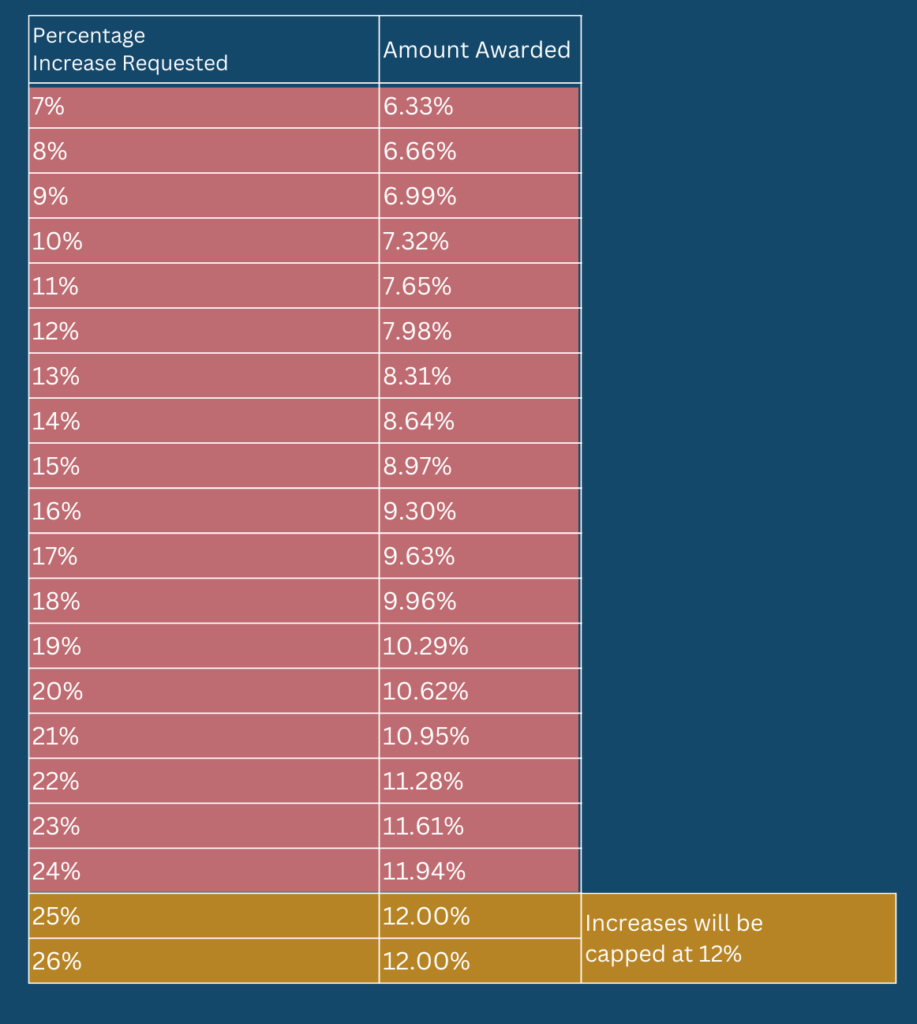Rent Increases - What is happening from 1 April 2024?
We now have clarity from the Scottish Government regarding the rent increase procedure for 12 months from 1 April 2024 once the rent cap legislation ends on 31st March. Please also note that the extra eviction protections will also come to an end.
The below is regarding mid-tenancy rent increases for Scottish Private Residential Tenancies (“PRTs”). There is no restriction at time of re-letting and the below procedure – as with the rent cap – does not apply to assured or short assured tenancies which contain a rent increase clause in the tenancy agreement. The rent for these types of tenancies can be increased in line with whatever increase is permitted in the rent increase clause.
So what does it mean? – the detail is set out in the Rent Adjudication (Temporary Modifications) (Scotland) Regulations 2024 and will apply for 12 months – and after that we expect some form of long term rent control system to be introduced. See here for more details and comments from Patrick Harvie, Tenants’ Rights Minister.
Up to, and before, 1st April rents can be increased by no more than 3% or 6% – the latter predicated on the increase in certain costs a landlord has (such as mortgage interest).
After 1st April rent increase notices can be issued for any amount. However, as always, a tenant has the right to appeal to the Rent Officer should they feel it is unfair.
In the event a tenant appeals the Rent Service Scotland or the First Tier Tribunal will set the rent based on the lower of the following three figures:
- the open market rate
- the rent requested by the landlord
- and a comparator based on the difference between the market rate and the current rent
The regulations would temporarily modify the rent adjudication process for 12 months so that on making a decision on adjudication, the rent officer would use a rent taper formula which can be summarised as below:
- If the gap between the market rent and the current rent is 6% or less, then the landlord can increase the rent by the proposed amount, as long as this is not more than the market level.
- If the gap between the market rent and the current rent is more than 6%, the landlord can increase the rent by 6% plus an additional 0.33% for each percent that the gap between the current rent and market rent exceeds 6%, as per the formula set out in the Rent Adjudication (Temporary Modifications) (Scotland) Regulations 2024. However, the total rent increase cannot exceed 12% of the current rent.
- Both cases are also subject to the requirement that RSS and the FTT cannot set a higher rent than that requested by the landlord.
Please see here for some example scenarios.
In practice, it means that the maximum rent increase awarded will be 12% if the tenant applies to the Rent Service.
At Chapmans, we would never look to increase the rent above the market rent anyway and so our clients should be aware that as long as the market rent is not above 6% we would be able to have this full amount awarded.
The Scottish Government have now released an online calculator to help Landlords and Tenants. This will estimate how rents might be restricted should a tenant challenge the figure a landlord proposes in a rent increase notice after 1 April 2024. Prior to this we produced our own table to help visually illustrate the tapering mechanism.



